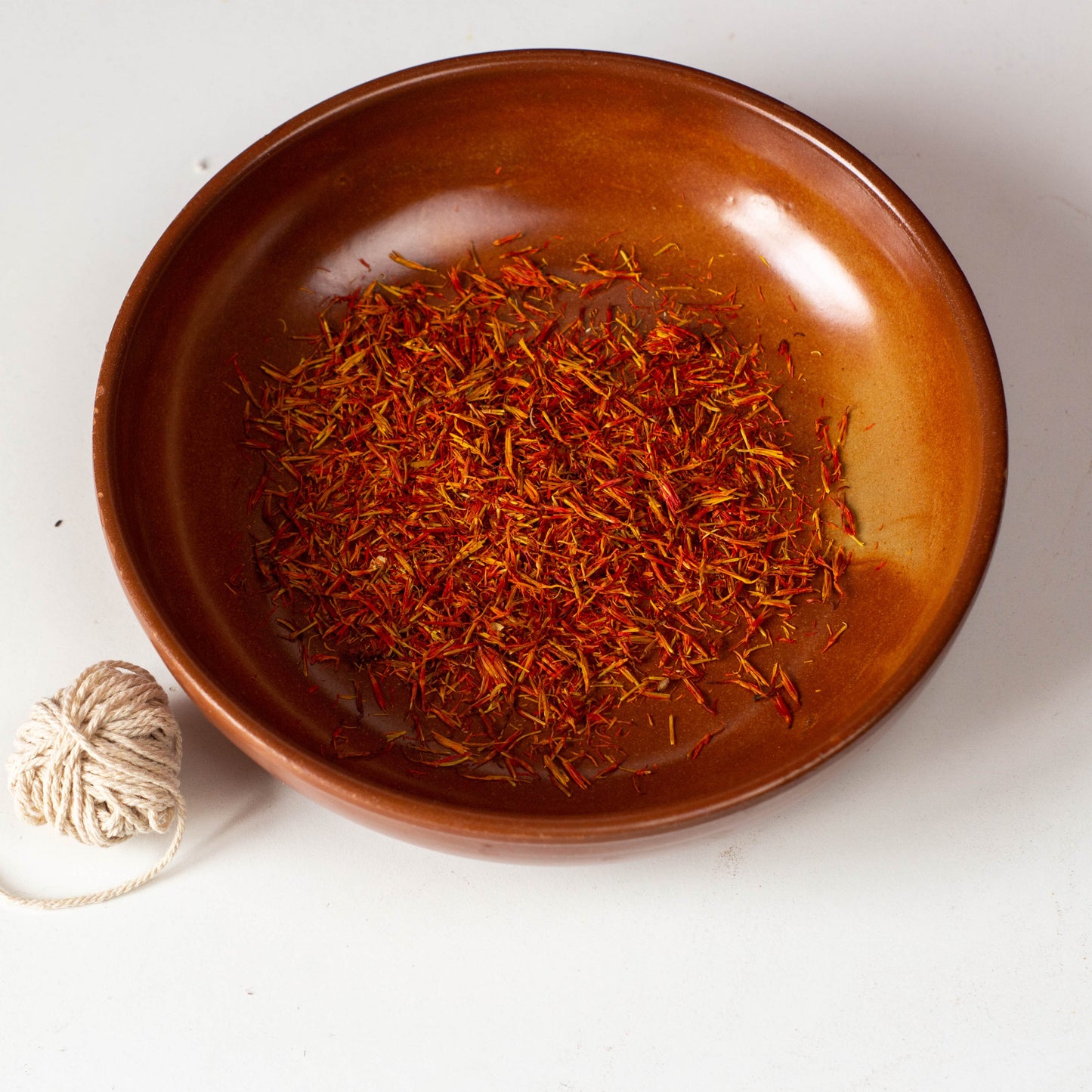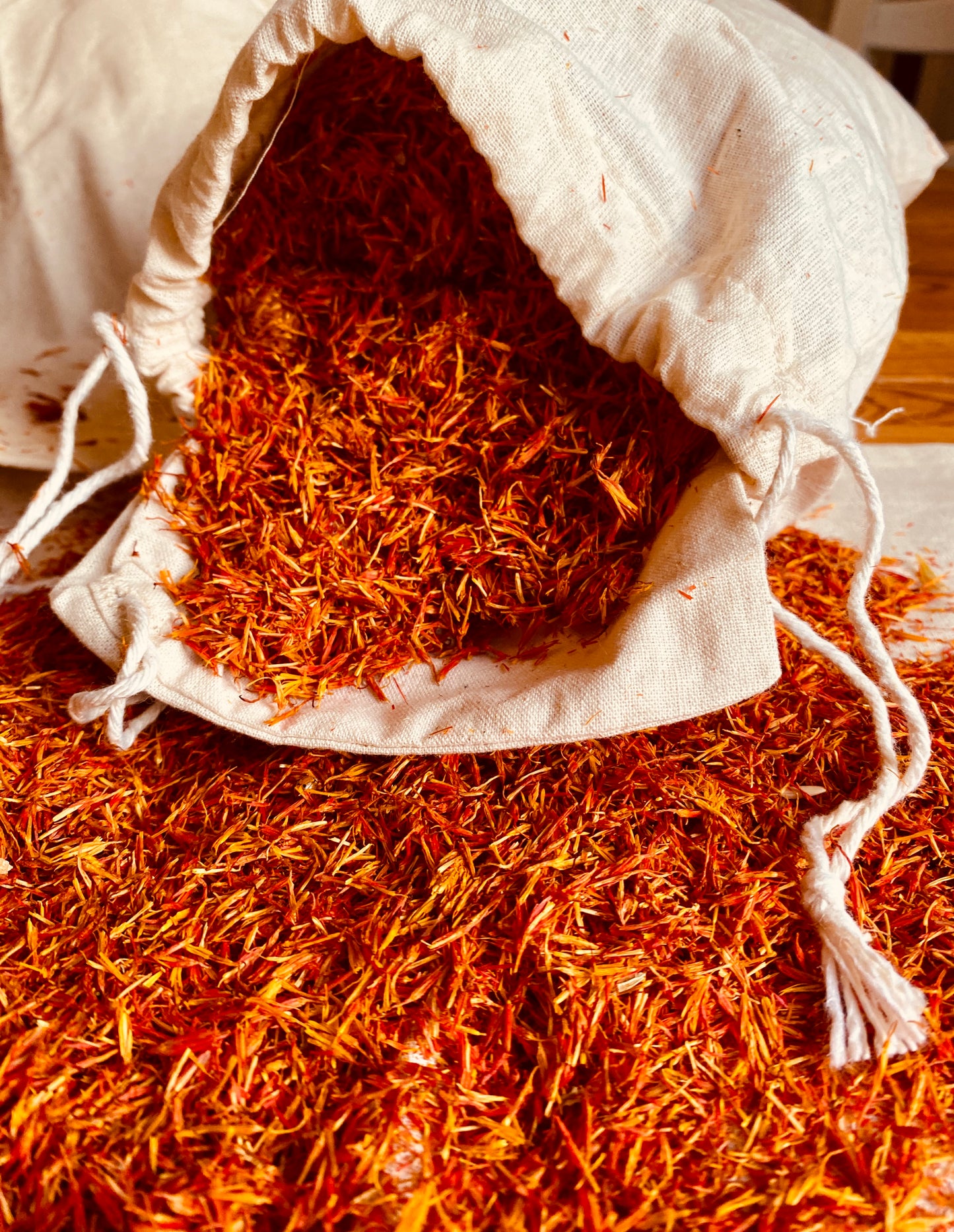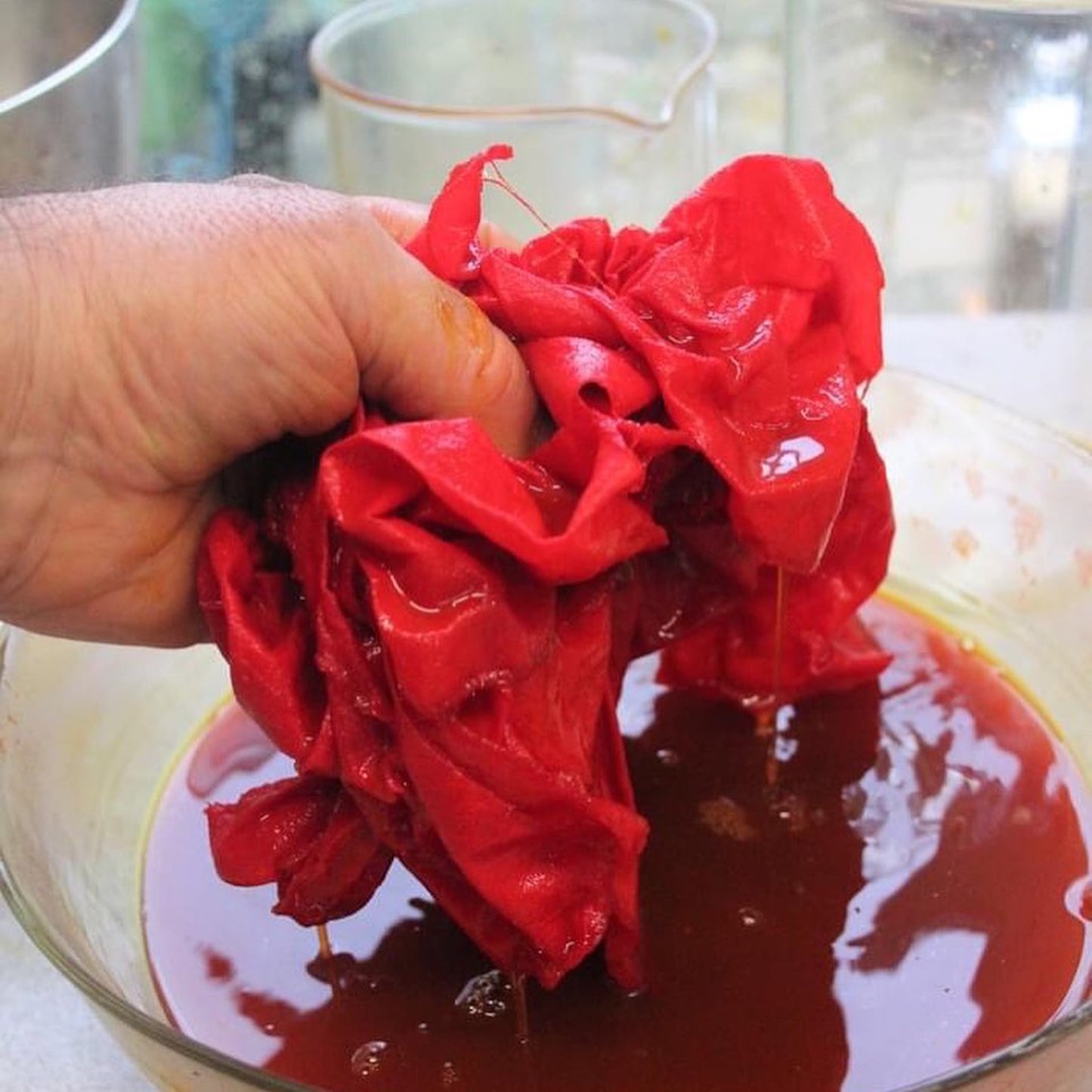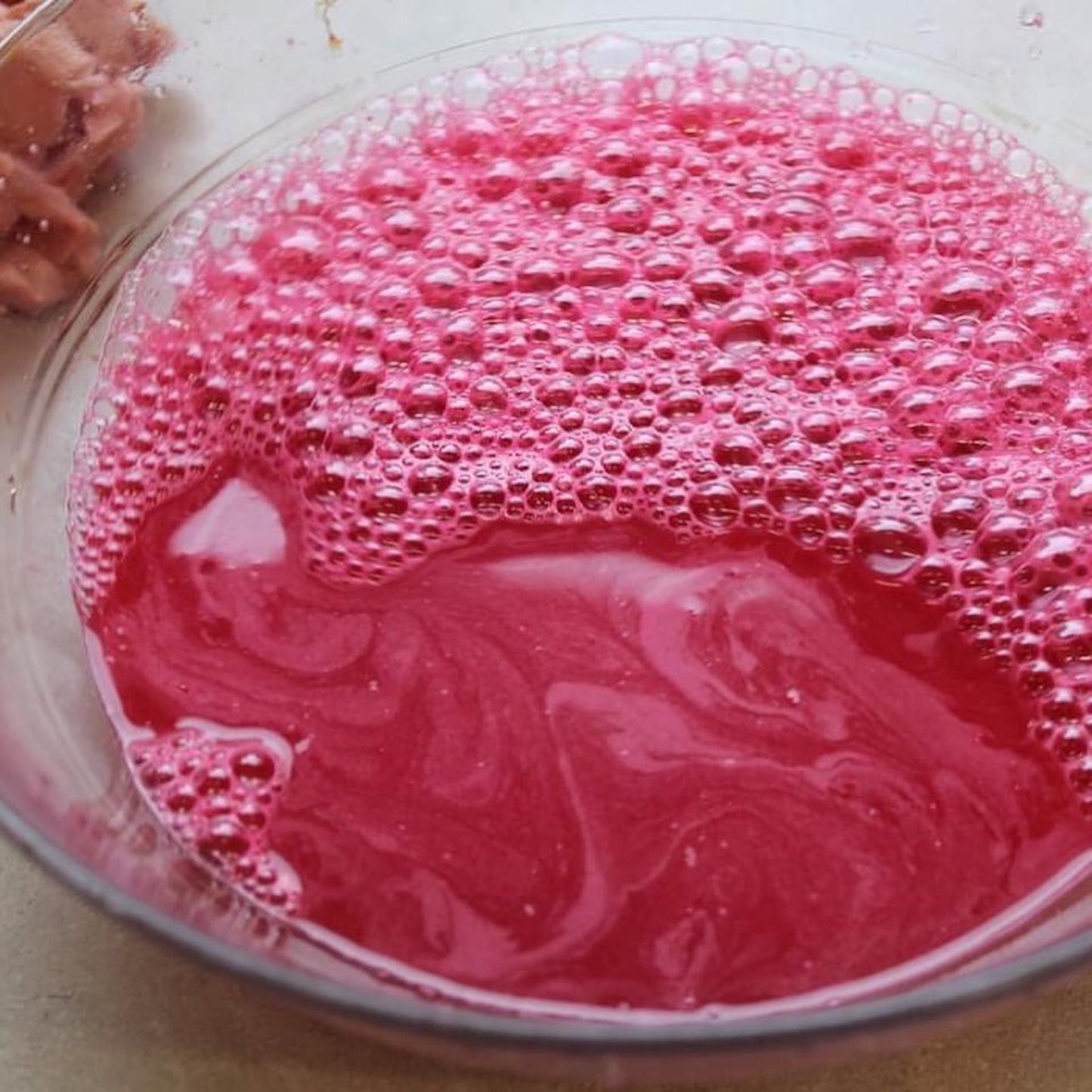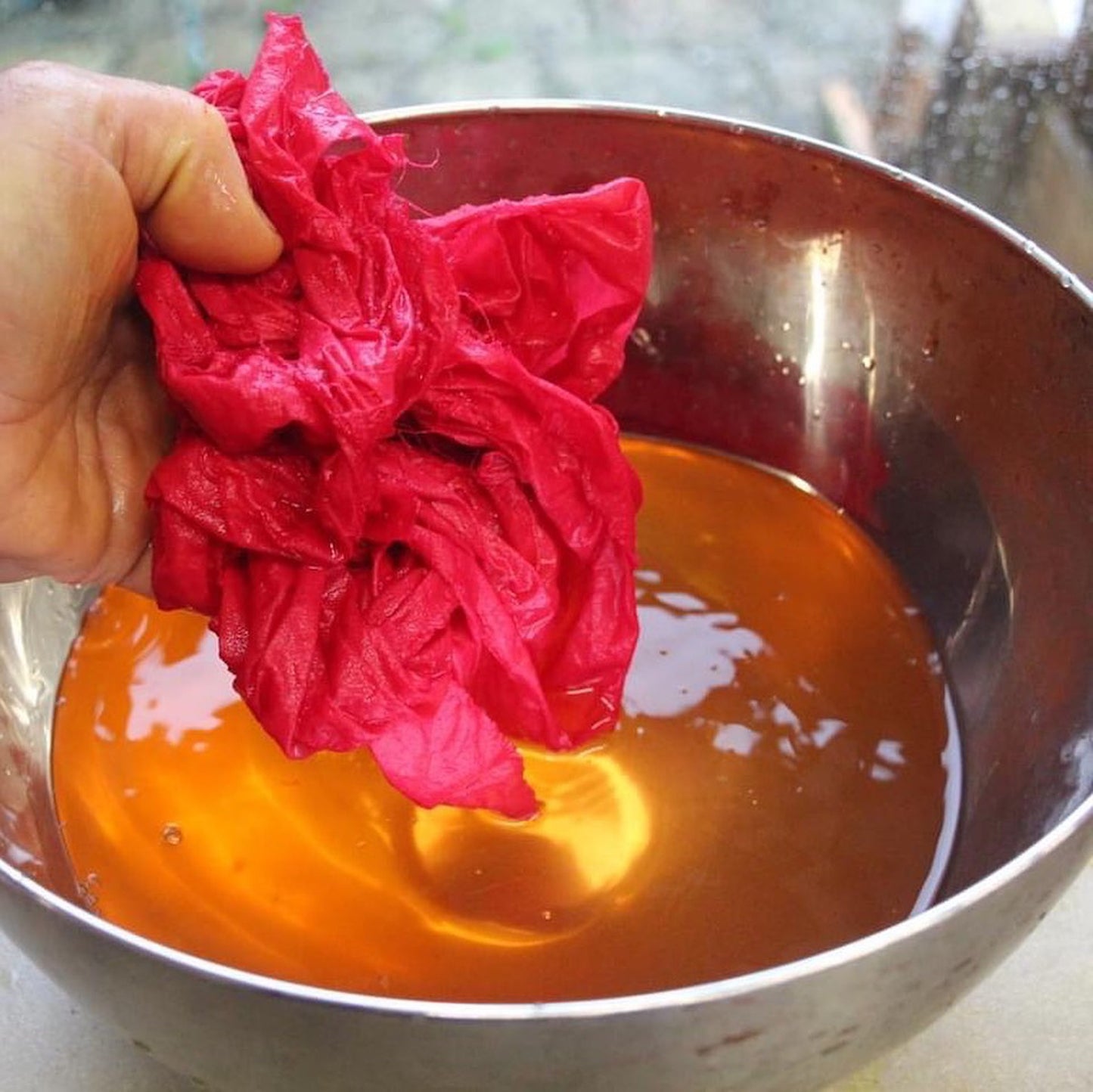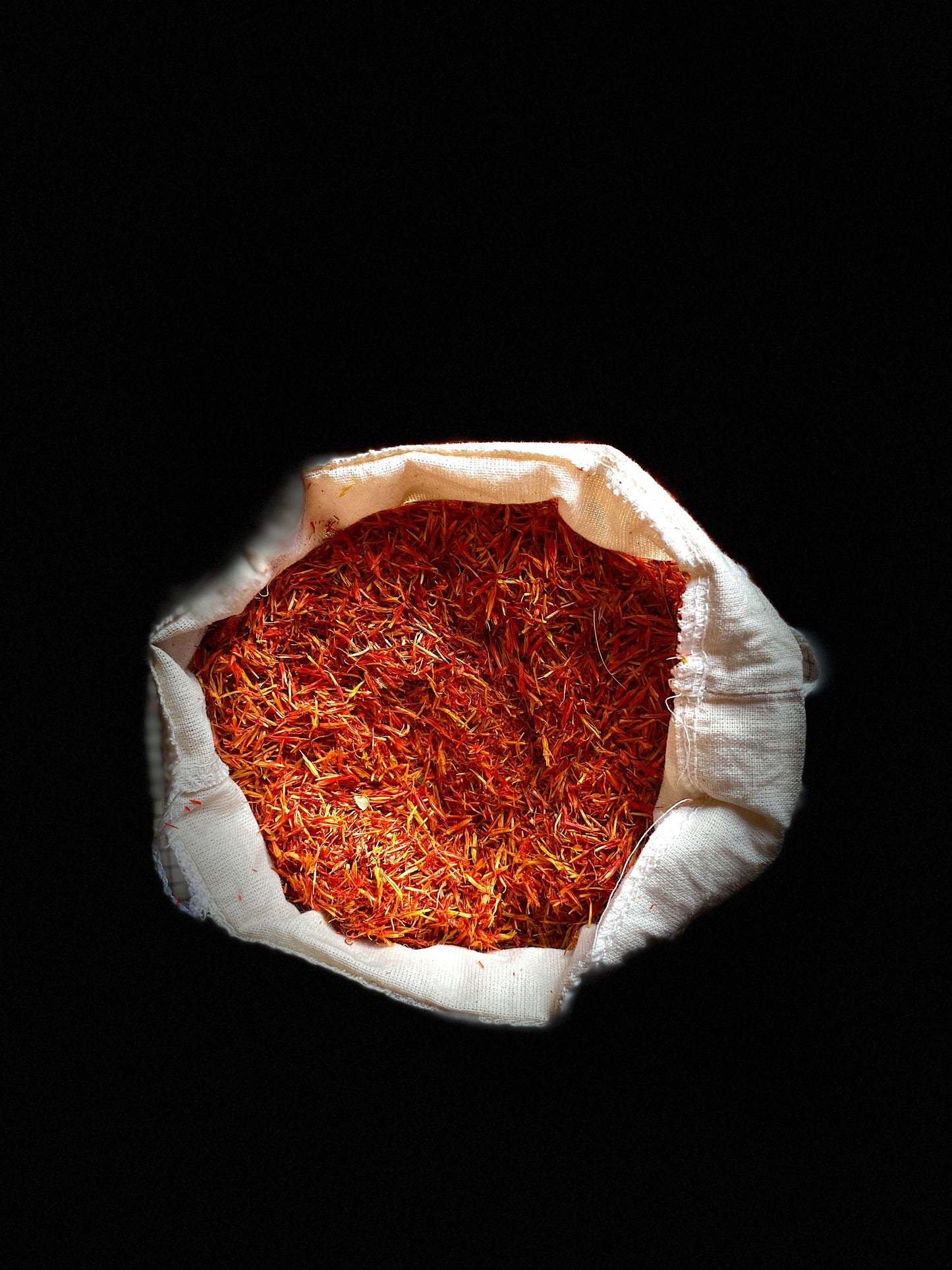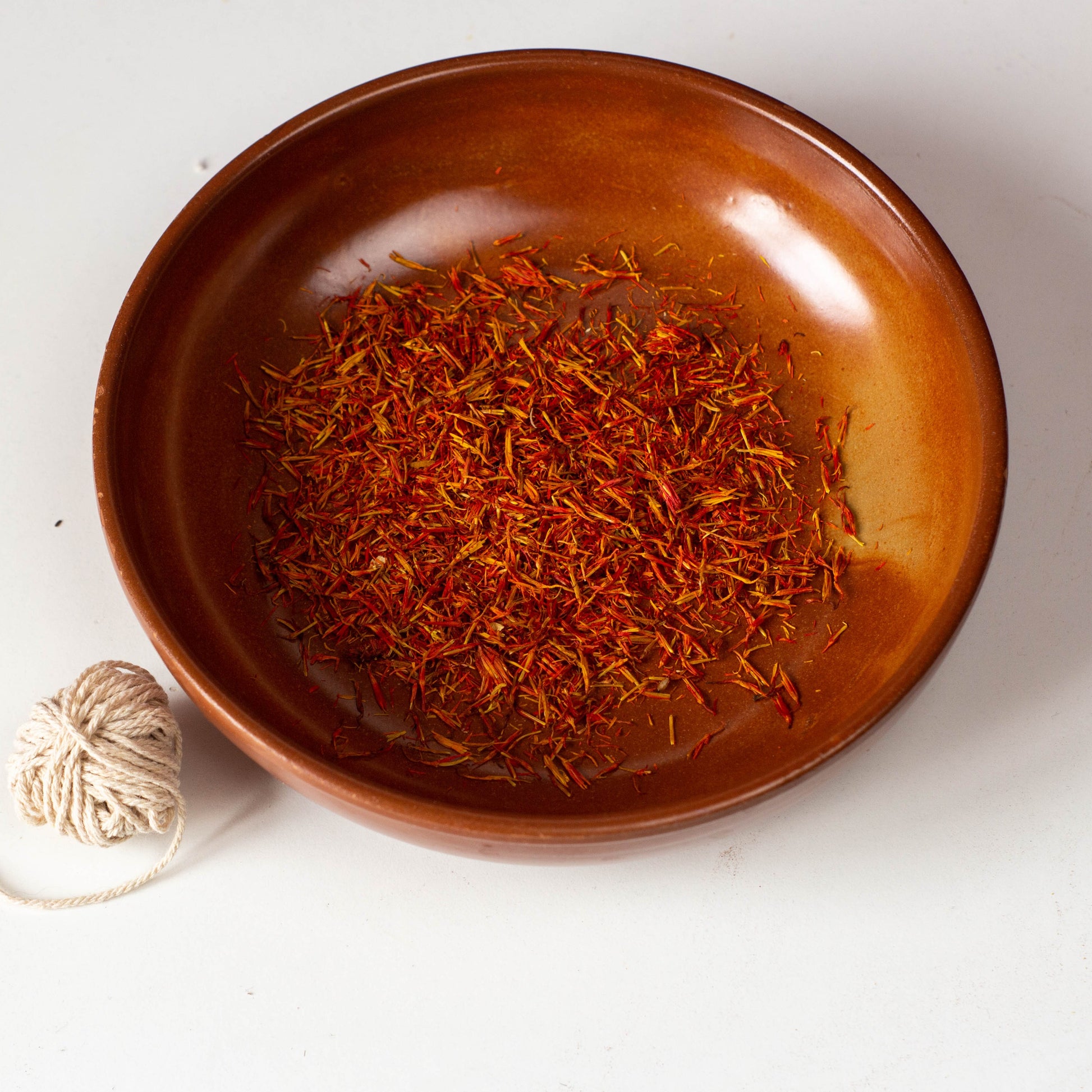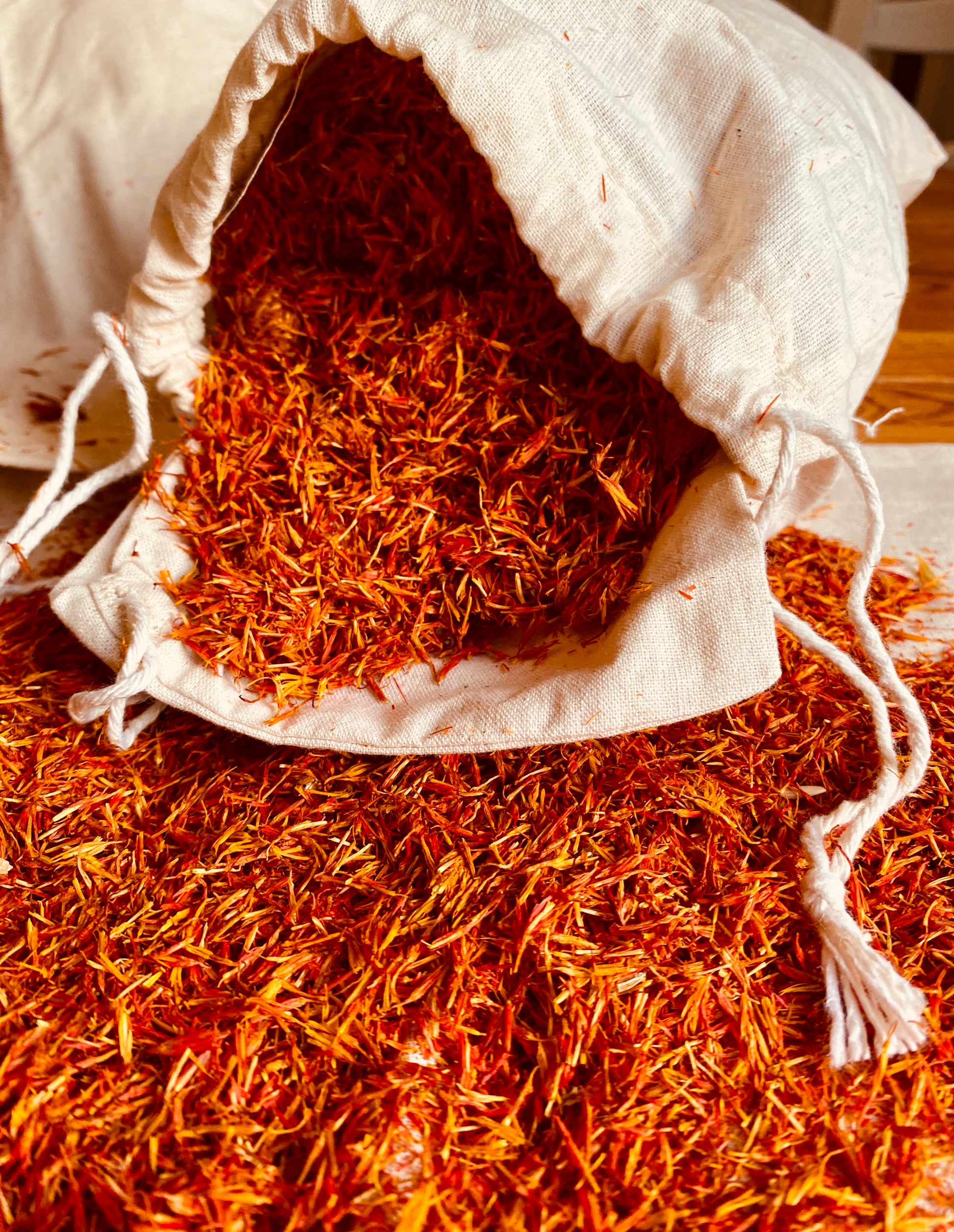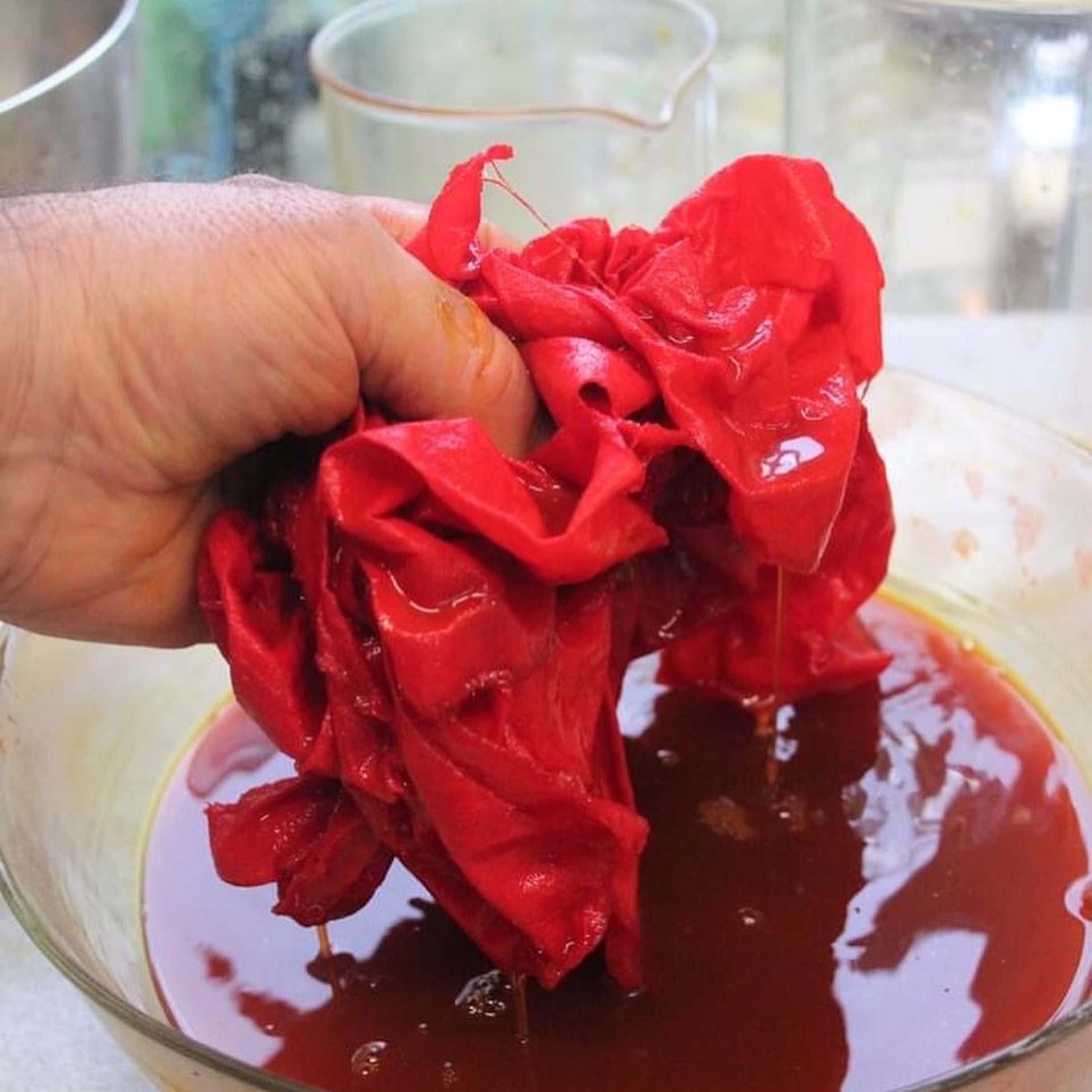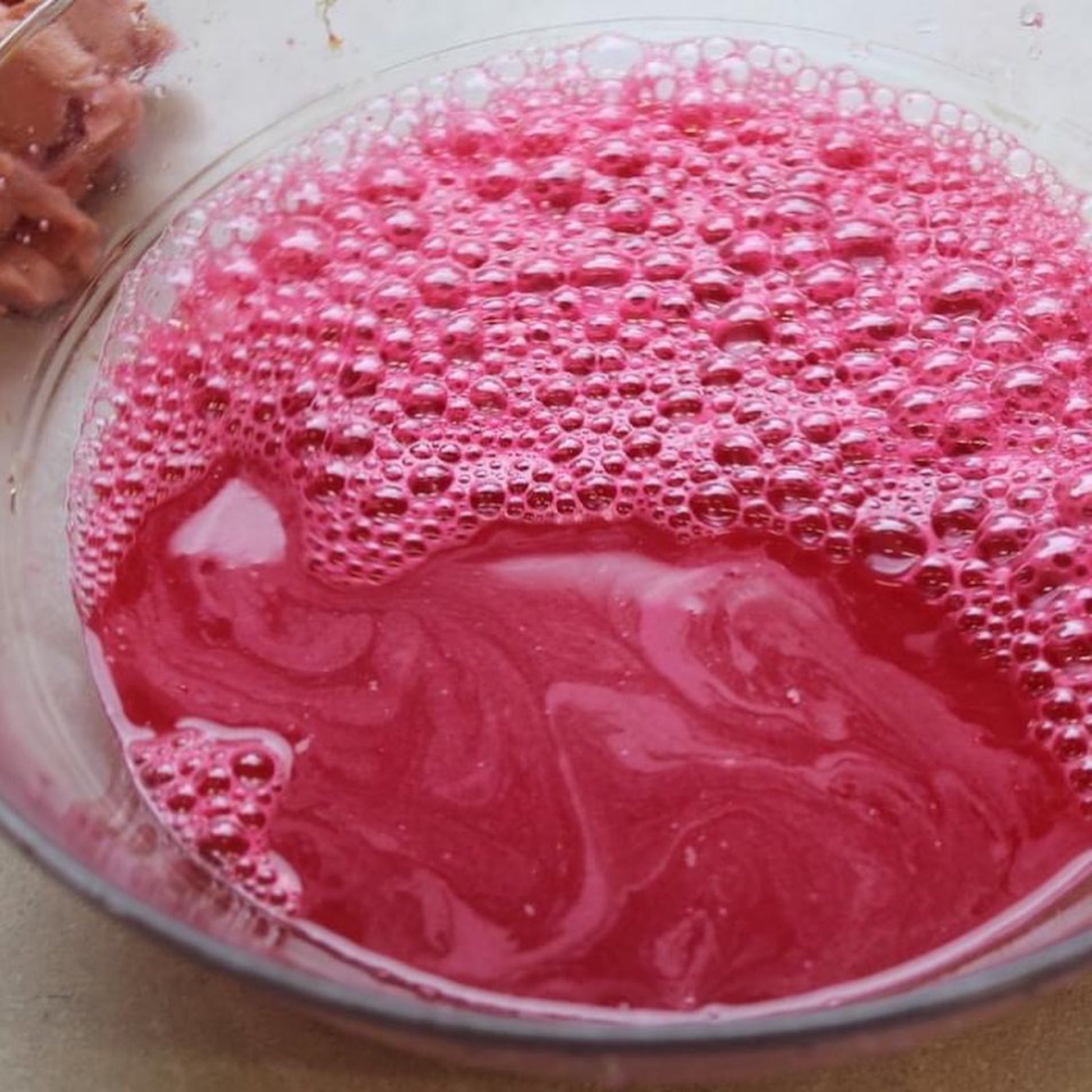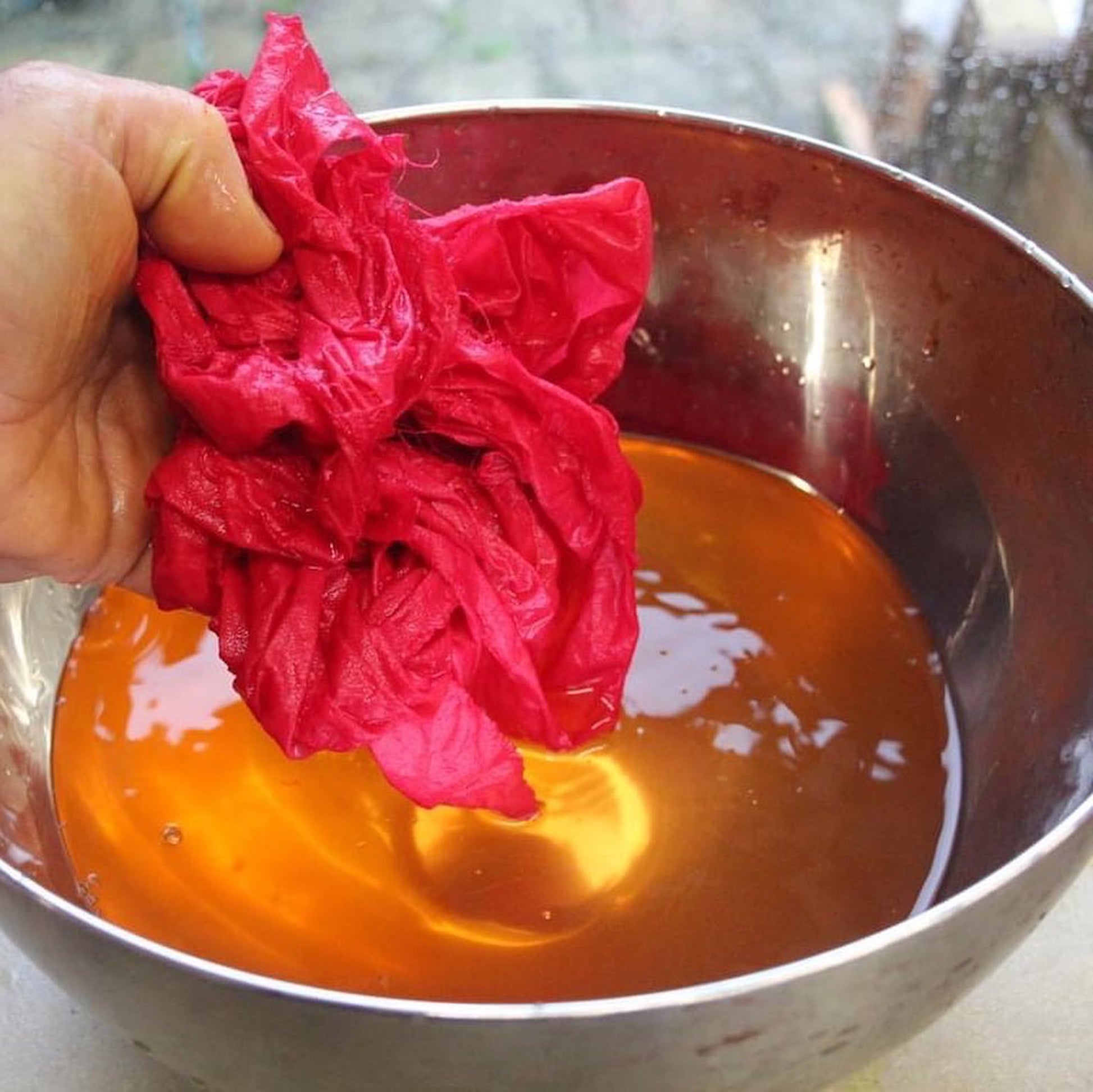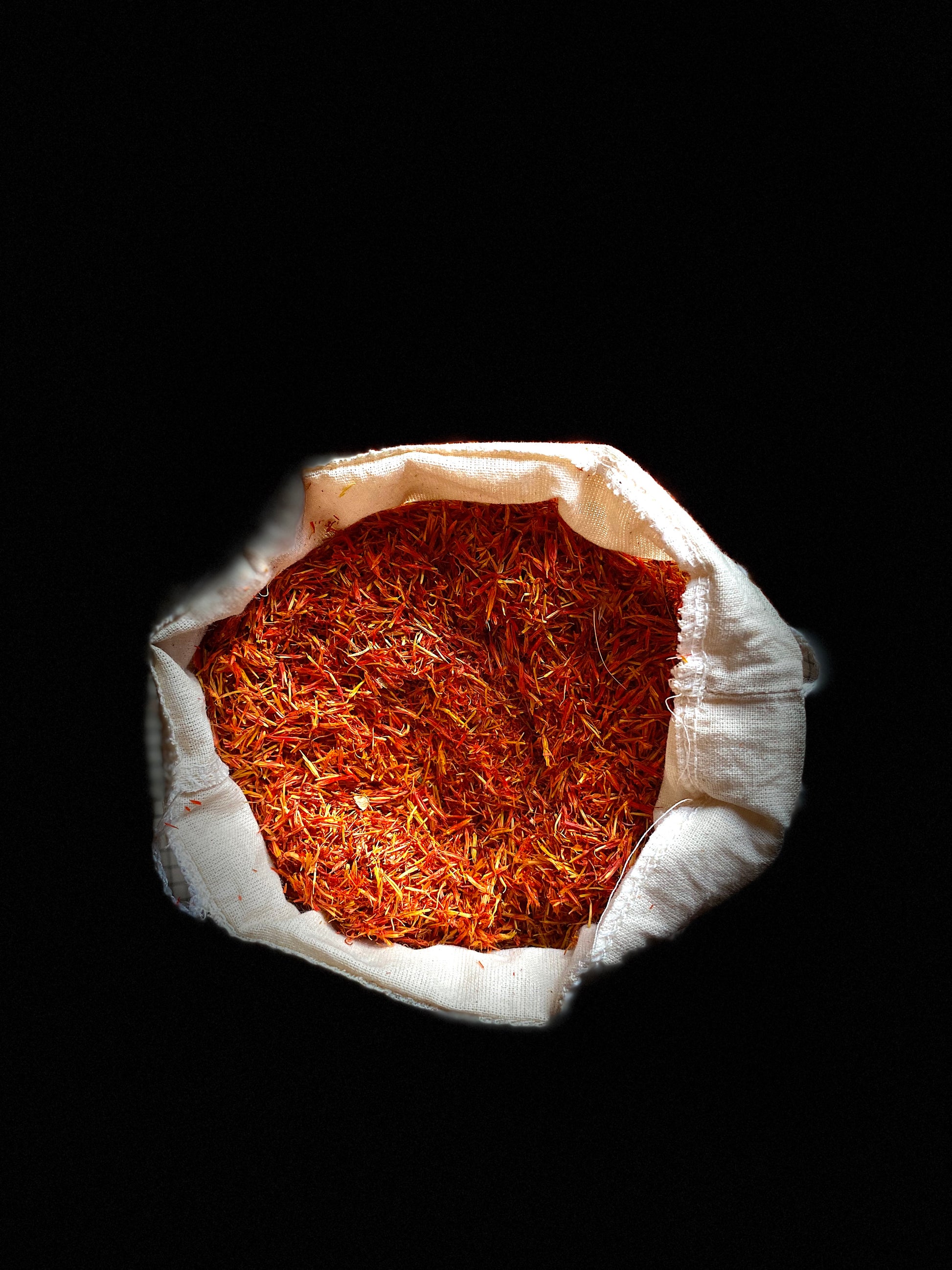Safflower | Natural Dye
Safflower | Natural Dye
Couldn't load pickup availability
Name: Safflower
Scientific Name: Carthamus tinctorius
Safflower is a thistle-like plant with yellow flowers that is cultivated mainly to make vegetable oil from its seeds, growing well in dry areas. It can be used to produce vibrant yellow and pink colors, orange/coral tones and even reds, depending on the methods and fibers used.
Historical use of safflower:
Safflower is one of the earliest known dyestuffs, with evidence of its use in textiles from ancient Egypt, more than 1900 years BCE. It is known to have been a crop in Mesopotamia since 2500 BCE. The burnt flowers were used in ancient Egyptian cosmetics and dried flowers were hung in the tombs of the pharaohs. It was introduced into China 2000 years BCE and is still used in traditional Chinese medicine today. For hundreds of years it has been used as a substitute for saffron, its perfume and flavor being very similar.
Read Micheal Garcia Safflower petal pink dyeing recipe?
Here is our recipe for dyeing with safflower!
How to dye with safflower petals?
Ensure your fiber/fabric has been properly scoured before use. For pink colors mordanting is not required, but it is recommended for increasing the light-fastness of yellow tones.
How to get yellow and pink dyes from Safflower?
Use at least 100g dried safflower petals to dye approximately 100g of fiber. Place the petals in a muslin bag or a very fine sieve. Cover with cold water and leave for at least an hour, agitating occasionally. Drain off the yellow liquid and reserve, squeezing or pressing the petals as much as possible. Repeat this, adding the yellow liquid to your reserved batch. Repeat again, if the liquid still looks a strong yellow, add it to your reserved batch.
The reserved yellow liquid can now be brought to the boil and simmered for 45 minutes to an hour, mordanted fabric/fiber added, simmered a further 45 minutes and left to cool. The fabric/fiber can be left in the dyebath overnight for stronger colors. The use of an iron sulphate modifier after dyeing can provide mustard and olive greens.
The petals in the muslin bag or sieve should now be soaked further in cold water, as above, but the water discarded each time, until very little yellow is being extracted. At this point, add a few litres of water which you have modified to pH11 with sodium carbonate (soda ash). Check the pH carefully, as making the solution too alkaline will spoil the process. Leave to infuse for a few hours, agitating occasionally. The liquid will gradually turn an orange/brown color. Remove the petals and reduce the pH of the dyebath to pH6 using clear vinegar or lemon juice. It will turn a reddish color. Add unmordanted cellulose fibers/fabrics and/or silks and leave to soak overnight. Do not heat the dyebath. Cellulose fibers will take on pink colors and silk will turn orange/coral shades.
To obtain only yellow dye: If pink colors are not required, but only yellow, the petals can be simmered in water for 45 minutes, strained and then fiber/fabric added, simmered for 45 minutes and left to cool. The fabric/fiber can be left in the dyebath overnight for stronger colors. The use of an iron sulphate modifier after dyeing can provide mustard and olive greens.
Buying dried safflower petals in bulk:
We sell dried safflower petals in small quantities as shown on our website. Please be aware that we also sell bulk quantities wholesale. We consider every order over 50kg as wholesale and we offer discounted prices. To enquire about this, click here
Share
